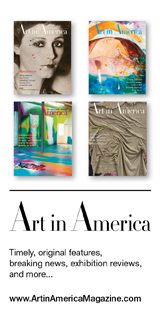"The Best for the Most for the Least" By Sarah Cowan
News from the Web
Though best known for their furniture designs, Charles and Ray Eames made more than 125 films—striking attempts “to get across an idea.”
The movie theater is a gauge for datedness. From the darkened seats, insurrectionary giggles further distance the audience from the screen, which plays on foolishly. Last month, when Metrograph screened a selection of films by the designers Charles and Ray Eames, the image of a white woman in a starched A-line dress, batting her eyelashes while caressing a S-73 Sofa Compact, hit a ten on the theater’s laugh-o-meter; it hadn’t aged well since 1954. But it’s important to understand why the Eameses cast her and how her seductive touch becomes that of the camera’s eye, shifting the focus from woman to sofa and seeming to connect the two. Both are ready to endure spills, support children, and foster intimacy, signaling wholesomeness and modernity at once. “There is no predicting what may happen in the life of a sofa,” the narrator said in all seriousness, unaware that he was speaking to a theater of skeptics.
Charles was trained as an architect and Ray as a painter. During World War II, they found recognition for the leg splints and aircraft parts they’d designed for the U.S. Navy. Their Case Study No. 8 house in Los Angeles has become an icon of midcentury design, but they’re best known for their furniture: the sofas, chairs, and tables of molded plywood and fiberglass that became fixtures of the sixties home and office. Lesser known are their toys and exhibitions, and more obscure still are their films, of which they made more than 125 between 1950 and 1982.
read more at theparisreview.org























